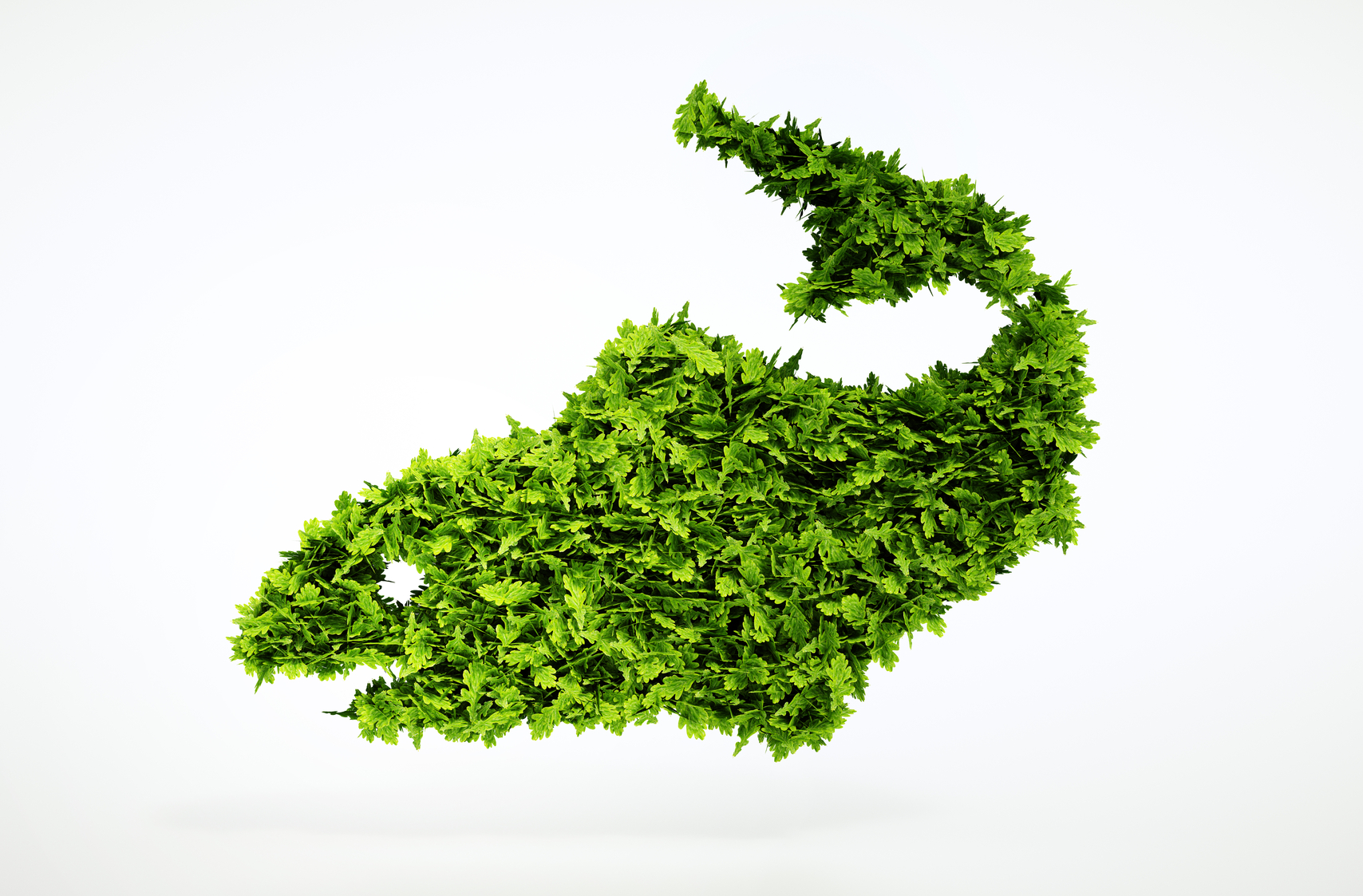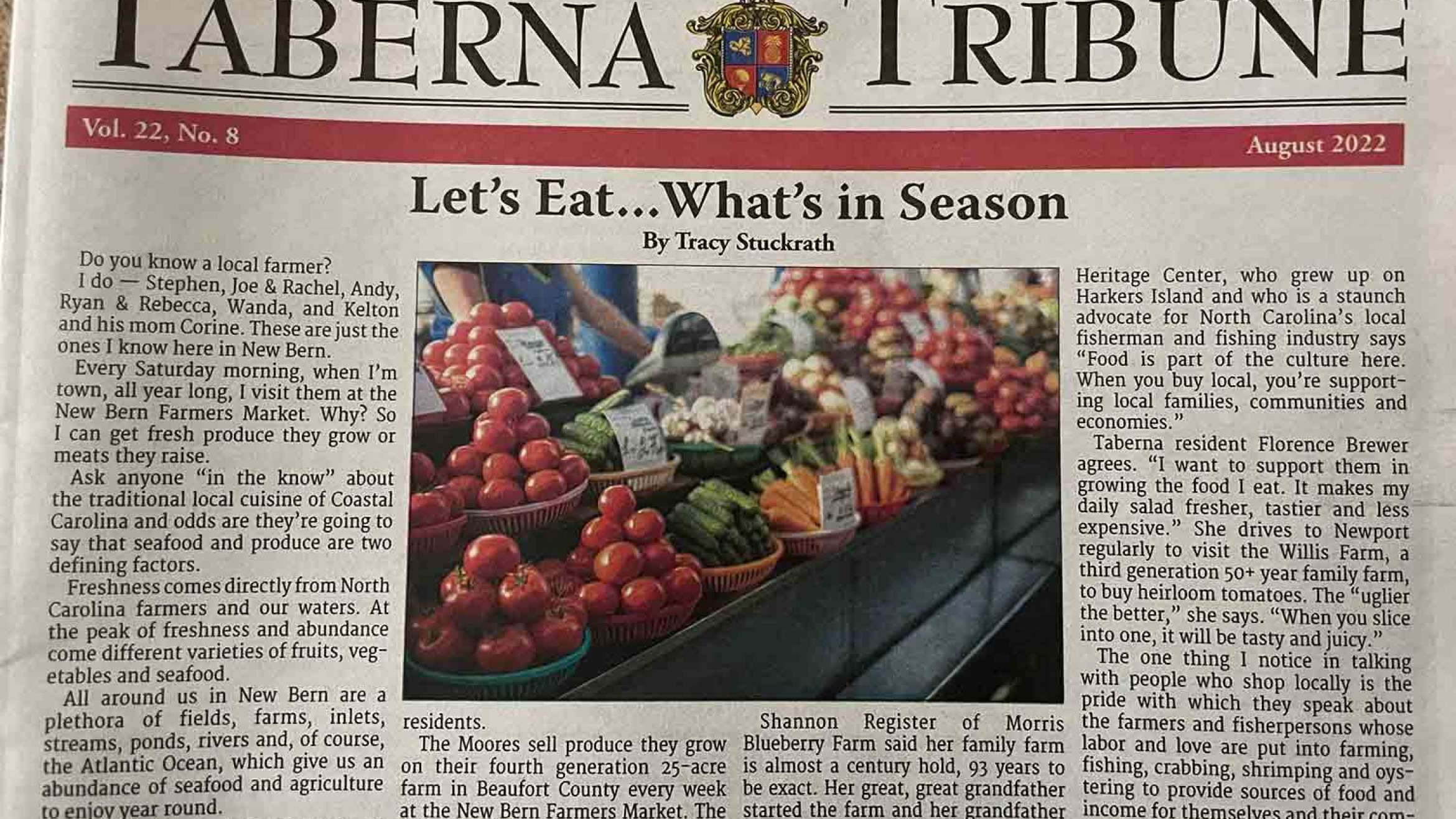Seafood is one of the most important foods to consider when designing a sustainable menu. There is a big focus on eating local and on the comparative carbon footprint of beef, lamb, and chicken. But between overfishing, the evolving health of our oceans, and our understanding of how farm fishing and wild caught affects surrounding eco-systems, we begin to grasp that understanding sustainable seafood is a complex undertaking.
Without diving into big explanations and long-winded descriptions, let’s assume you already care about supporting sustainable eating and seafood is included. Here are just a few must-know items to help you make good decisions.
Your Number One Resource, Technology:
Circumstances change and evolve over time when it comes to seafood. It’s not like beef where production is relatively established and unless there is a rare shortage, the carbon footprint remains reliably the same throughout the year. Instead, seafood is dependent upon many factors.
One of the biggest concerns regarding the health of our seafood and the ocean is overfishing. In 2014 there was a significant shortage of Bluefin Tuna because it was overfished to dangerous levels. That just means, it was almost overfished to the point that the tuna population would not have been able to replenish itself if left alone.
Luckily, steps were taken by the public to answer the shortage. People who understood the impact of humans on fisheries, stopped eating bluefin tuna. Restaurants concerned with sustainable seafood, stopped serving tuna in favor of other fish that were not overfished at the time. And while the seafood supply chain isn’t secure, meaning there is a great deal of illegal fishing that supplies our grocery stores, responsible fisherman were able to respond to incentives to fish other sources to allow the bluefin tuna to replenish.
When you are planning your menu or sitting at a restaurant deciding what to order, how do we know what is safe and what is risky? Great question. The easiest answer is technology. I am a big supporter of utilizing technology to help us manage our food intake, our food allergies, and our understanding of sustainable food.
There are many ways to look up this info, but the most accurate and up to date at all times is the Monterey Bay Aquarium Seafood Watch App. The app tracks nearly 2000 different farmed and wild seafood options from around the world and rates what is safe and what’s in the red, according to sustainability best practices.
The Next Best Thing, Read & Understand Labels:
Labels are important, but they can be hard to understand. Sometimes meanings change and sometimes they are confusing. Feel free to check out my food labels run-down for a list that addresses all foods, not just seafood. In the meantime, here is a simple summary of current seafood labels and what they really mean.
Marine Stewardship Council (Reliable) Seafood bearing this logo comes from fisheries that have been assessed by an independent certifier and found to meet the Marine Stewardship Council (MSC) environmental standard for sustainable fishing. During the MSC assessment the certifier examines many aspects of the fishery including the condition of the fish stocks, the impact of the fishery on the marine environment, and the fishery management systems.
Salmon Safe (Reliable)Salmon Safe is an independent nonprofit that certifies West Coast farms, vineyards, municipal park systems, and corporate and university campuses as protecting salmon habitat in the Pacific Northwest by employing management practices that protect streams and rivers. For farms, there are six categories in the certification standards, including water use management, erosion and sediment control, chemical use management, and animal management.
Seafood Safe (Somewhat Reliable, Possibly Misleading)This label notifies consumers of the amount of fish that is safe to consume at a particular contaminant level, based on EPA recommendations. The two main contaminants measured are mercury and PCBs. The label shows how many four-ounce servings per month of a particular fish product are safe to eat for women of childbearing age. The actual labeled fish is not tested, but samples of the same species, from the same location and of the same size, are tested in independent laboratories. “Seafood Safe” is funded by EcoFish, a sustainably-harvested seafood distributor which raises concerns about conflict of interest. However, testing is done by independent companies and the nonprofit Environmental Defense Fund converts the data from testing into the recommended number of servings.
Wild-caught (Somewhat Reliable) Starting in 2005, Country of Origin Labeling rules require unprocessed seafood sold at supermarkets to be labeled as wild-caught or farm-raised. The wild-caught label is not always reliable, as shown by a Consumer Reports study that found 7 out of the 17 samples of salmon bought in the off-season that claimed to be wild-caught were actually farm-raised. All of the samples bought during salmon season (summer) labeled wild were correctly labeled.



